[…]
East Troy Industrial Park
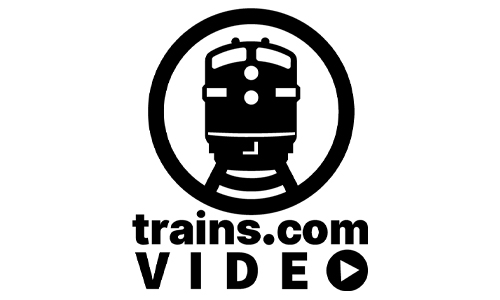

[…]
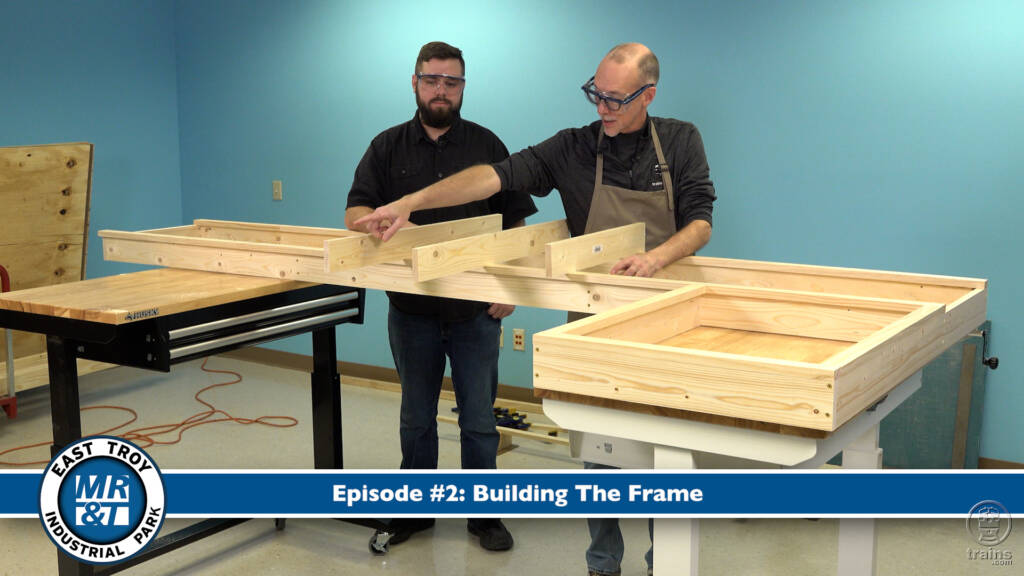
With all the same enthusiasm and expertise demonstrated in previous Model Railroader Project Layout efforts, host David Popp and Bryson Sleppy begin constructing the East Troy Industrial Park (ETIP) model railroad! While it will be just a small semblance of the former Milwaukee, Racine, & Troy HO scale (1:87.1) layout, the all-new ETIP promises to […]
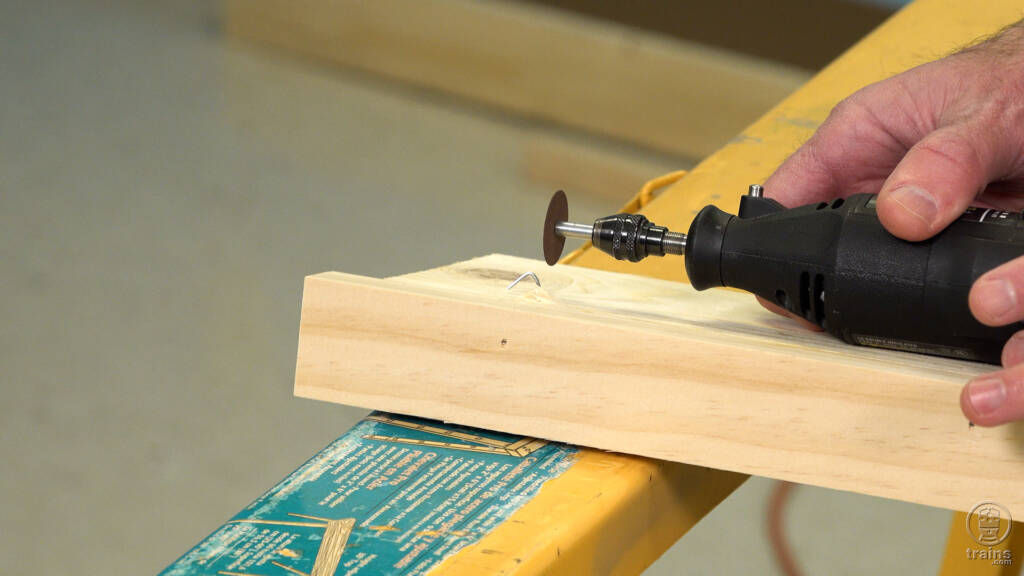
Rotary tool cutoff techniques | Trains.com Director David Popp demonstrates how a rotary motor tool can be used for a variety of applications when building model railroad benchwork. In this instance, David shares how a rotary tool and a cutoff disk make quick work of errant nails protruding from wood frame components. You can also […]
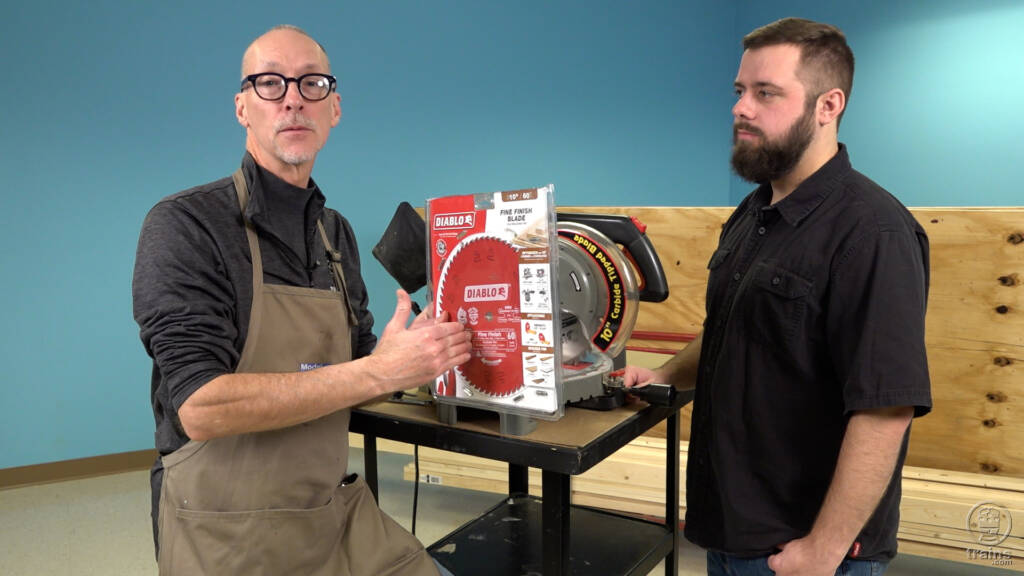
Replacing a circular saw blade| In this instance, David Popp shows Bryson Sleppy how installing a new, sharp blade yields clean, smooth edges when cutting benchwork components. Putting safety first, David shares the proper process, along with insights for maintaining a saw for years of reliable use! You can also read about this technique in […]
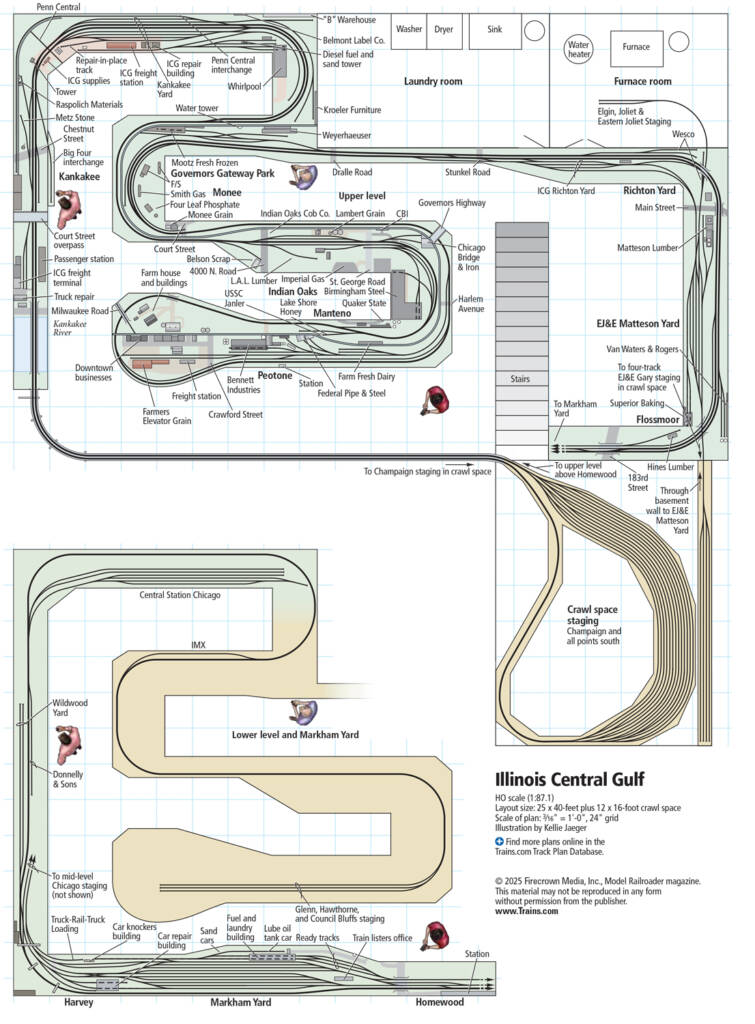
Facts and features Name: Illinois Central Gulf Scale: HO (1:87.1)Size: 25 x 40 feet plus 12 x 16-foot staging in crawl spacePrototype: Illinois Central GulfLocale: Chicago to Champaign, Ill.Era: October 1976Style: walk-inMainline run: 350 feetMinimum radius: 30″Minimum turnout: No. 5Maximum grade: less than .5%Benchwork: open gridHeight: 46″ to 59″Roadbed: ¾” plywood and ½” Homasote Track: […]
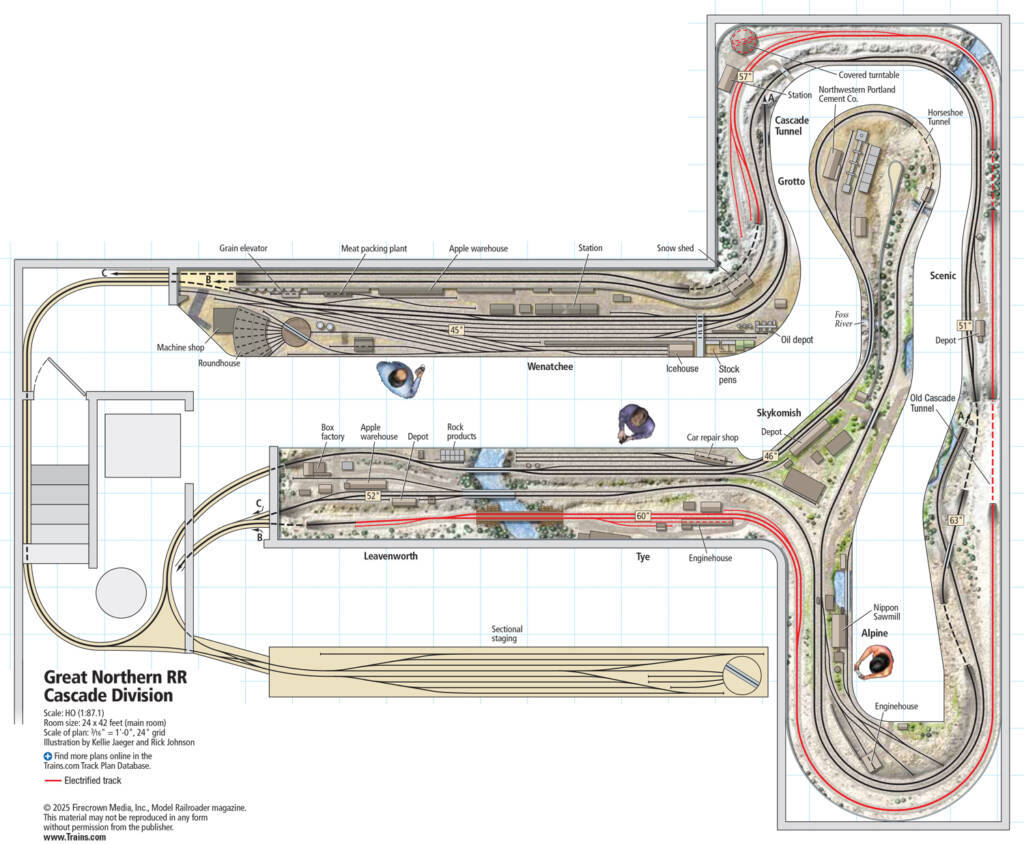
Facts and features Name: Great Northern Ry., Cascade DivisionScale: HO (1:87.1)Size: 30 x 42 feetPrototype: Great Northern Ry.Locale: central WashingtonEra: October 1955Style: walkaroundMainline run: 500 feetMinimum radius: 32″Minimum turnout: No. 6Maximum grade: 2.2 percentBenchwork: L-girderHeight: 42″ to 56″Roadbed: lattice splineTrack: codes 83 (main line), 70 (sidings and yards), and 55 (some industrial sidings)Scenery: hardshell and […]
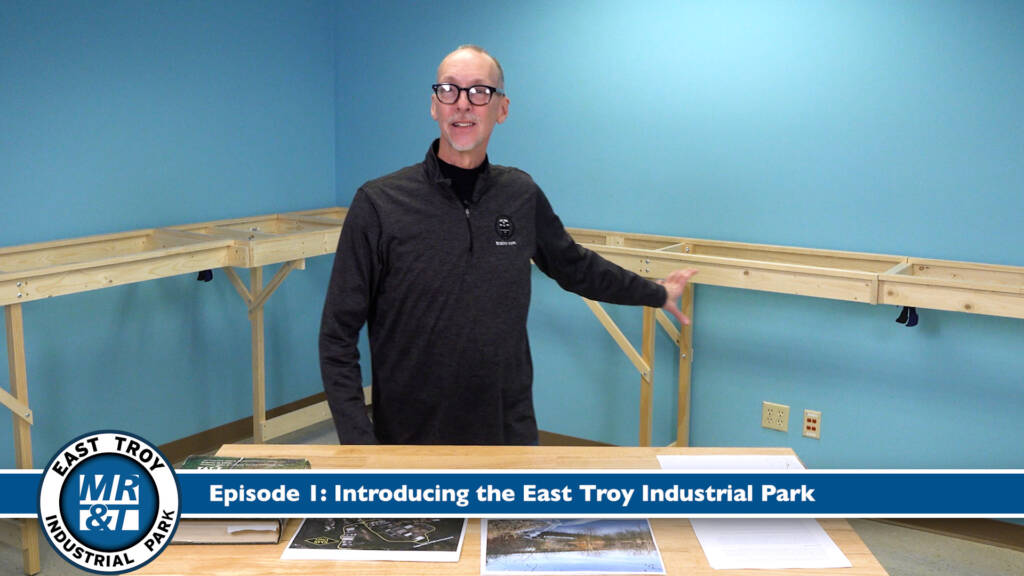
Trains.com host David Popp invites you along for this initial overview of Model Railroader magazine’s emerging HO scale (1:87.1) project layout, the East Troy Industrial Park Railroad! To get things started, David shares how 1:1 scale operations of a Class III railroad (as featured in the Trains.com Video Series “Taking Care of Business: SMS Rail […]
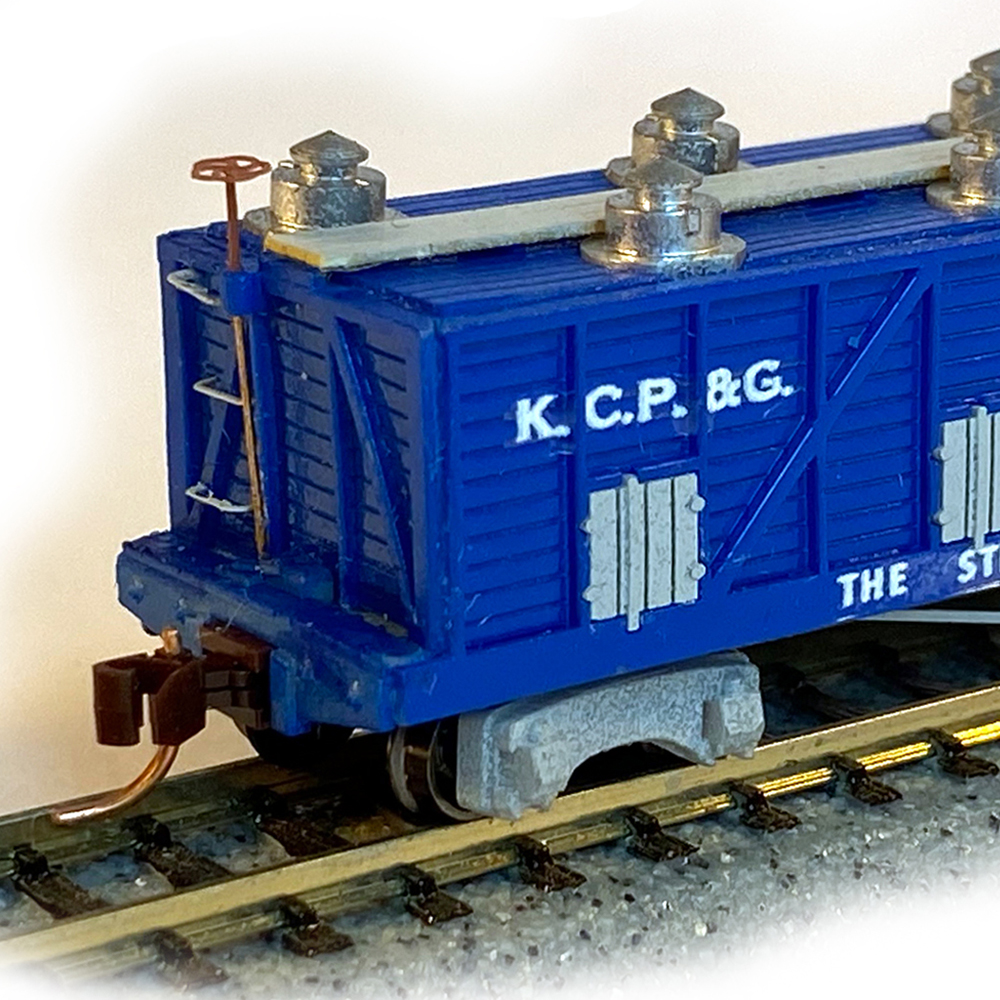
Q: I was wondering if you could provide me with information on what kind of loads an oyster cannery sends and receives? — Markus Russ A: I cast the net wide (pun fully intended) to help answer your question. I started internally. Trains magazine Associate Editor Bob Lettenberger wrote “Five mind-blowing facts — Stilwell Oyster […]
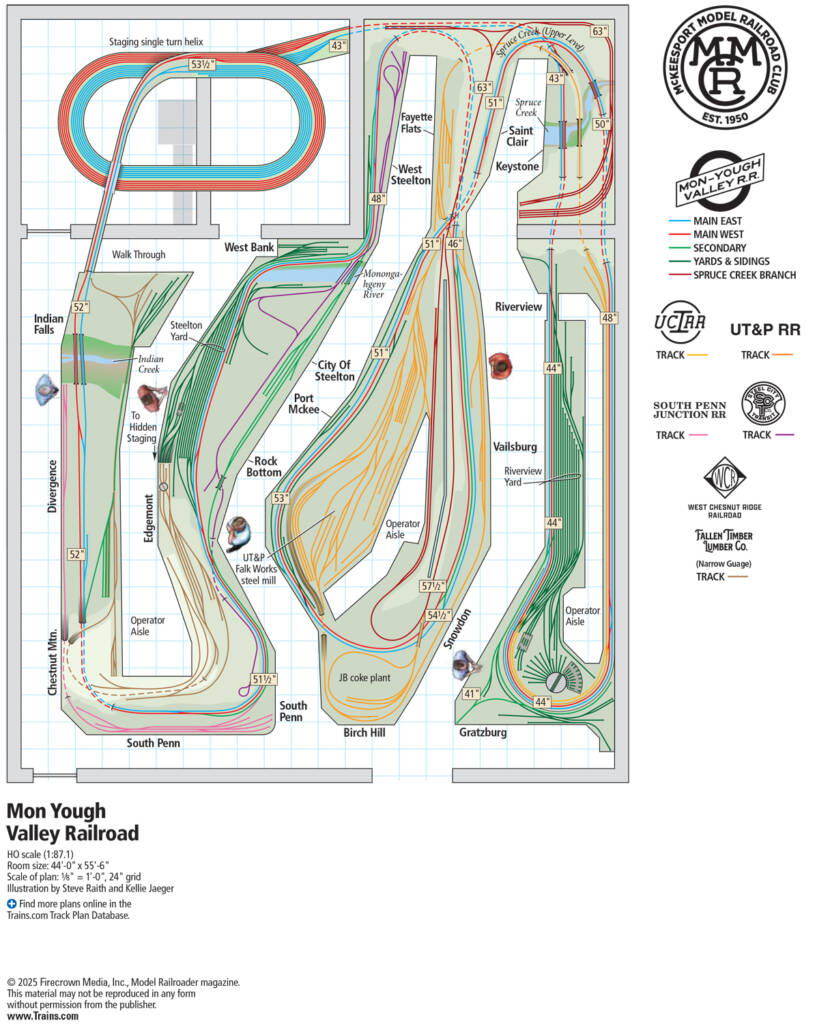
Facts and features Name: Mon Yough Valley RRScale: HO and HOn3Size: model railroad: 41 x 53 feet, room: 44′-0″ x 55′-6″Prototype: freelanced Class I and short linesLocale: western PennsylvaniaEra: late 1950s – early 1960sStyle: walk around with operator aislesMainline run: combined double track main of 13.5 scale miles.Minimum radius: 32″ (main), 22″ (industrial and branch […]
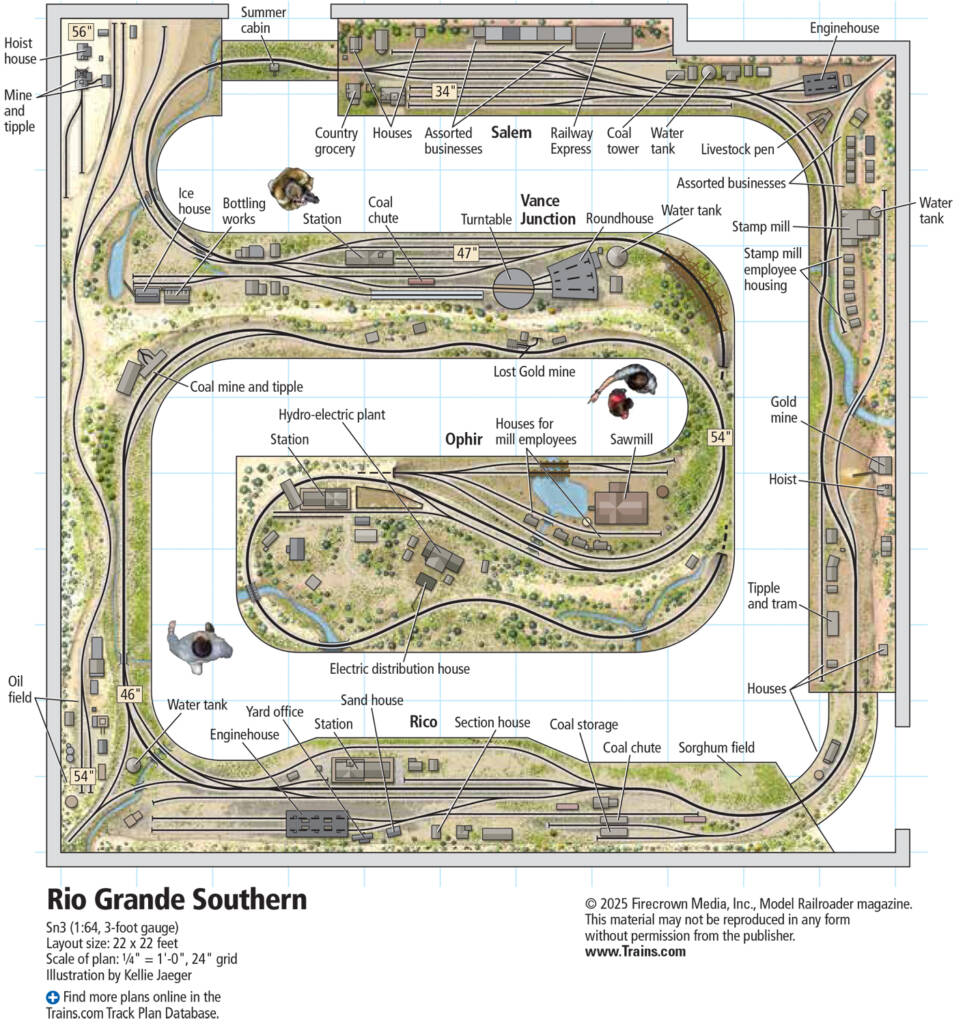
Facts and features Name: Rio Grande SouthernScale: Sn3 (1:64 proportion, 3-foot gauge track)Size: 22 x 22 feetPrototype: Rio Grande SouthernLocale: ColoradoEra: 1930Style: walk-inMainline run: 154 feetMinimum radius: 36″Minimum turnout: No. 6Maximum grade: 4%Benchwork: open gridHeight: 34″ to 56″Roadbed: plywood and HomasoteTack: code 70 flextrack with scratchbuilt turnoutsScenery: plaster over chicken wireBackdrop: photosControl: NCE Digital Command […]
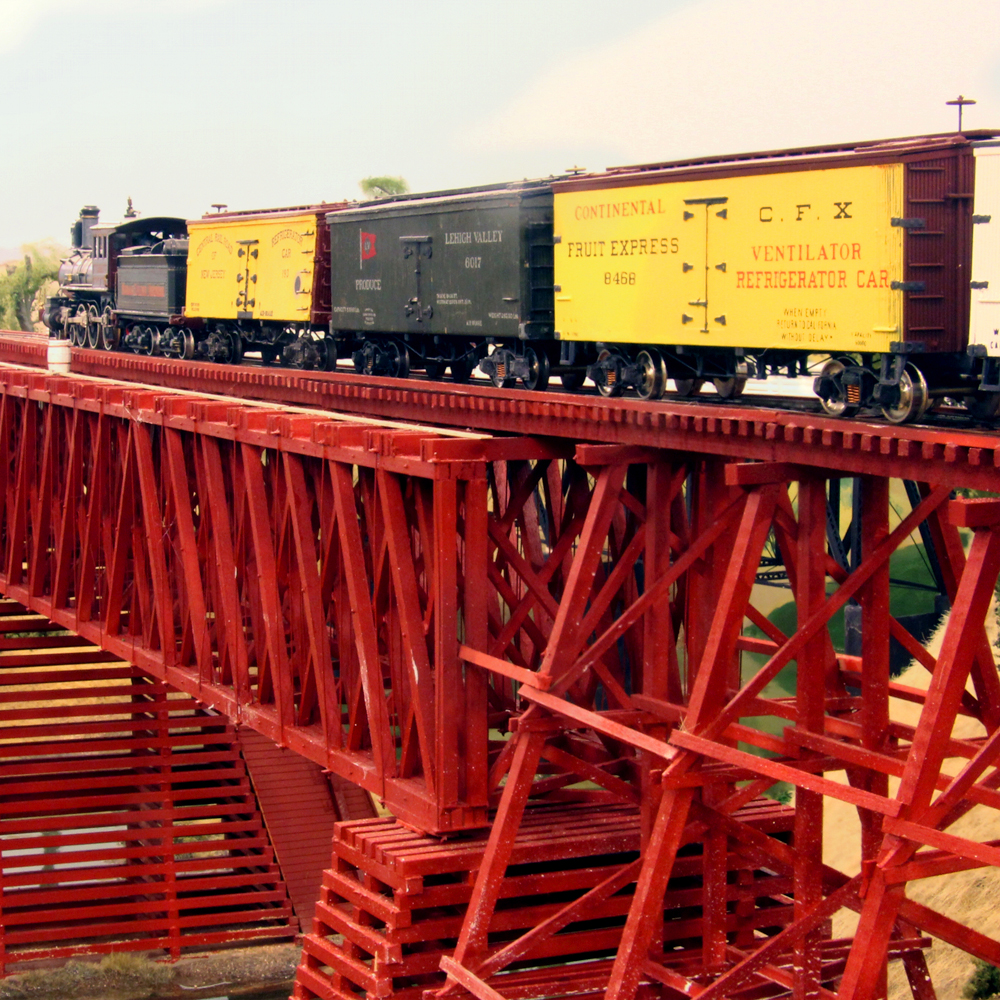
Q: Many of Model Railroader’s articles, reviews, and advertisements focus on products representing the “modern” era, say the 1940s to the present. That’s OK, and much of your audience obviously enjoys modeling contemporary railroading. However, I’m interested in modeling the railroad industry as it was in the 19th century. Can you suggest the names of […]
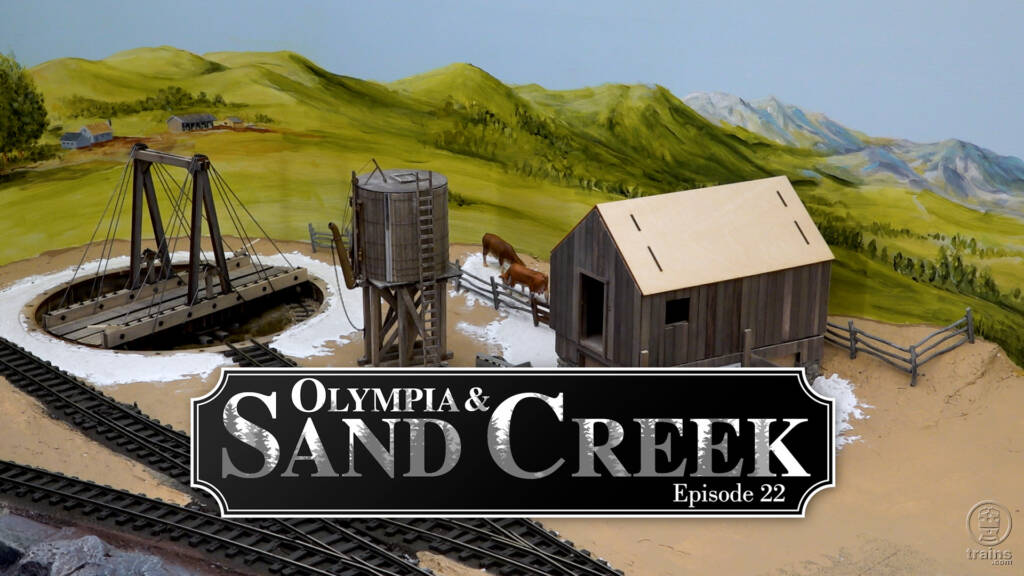
Get ready for a barn burner of an episode, when David Popp jumps into high gear to complete various scenery and structure projects on his Olympia & Sand Creek On30 display layout. Efforts include adding fences, installing the Armstrong-type turntable, and revamping the barn a bit. Be sure to explore the entire Olympia series, appearing […]